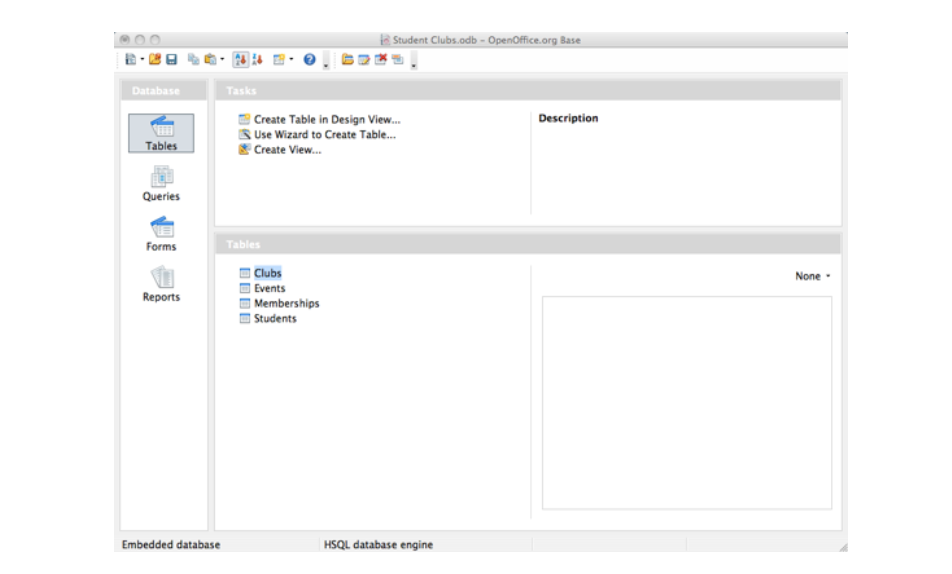4.9: Database Management Systems
- Page ID
- 9925
A database looks like one or more files. For the data in the database to be read, changed, added, or removed, a software program must access it. The software creates a database by building tables, forms, reports, and other important variables. Many software applications have this ability: iTunes can read its database to give you a listing of its songs (and play the songs); your mobile-phone software can interact with your list of contacts. Companies of all sizes use this software to enable themselves to streamline the data they have collected to be useful for multiple purposes such as marketing, customer service, and sales. Database management systems help businesses to collect complex data and customize it for their own use. When selecting Database Management Software (DBMS,) the company needs to know what they want to utilize and establish goals. Questions that need to be answered are; What software can you use to create a database, change a database’s structure, or analyze? For example, Apache OpenOffice.org Base can create, modify, and analyze databases in open-database (ODB) format. Microsoft’s Access DBMS is used to work with databases in its own Microsoft Access Database format. Both Access and Base have the ability to read and write to other database formats as well.

Microsoft Access and Open Office Base are examples of personal database-management systems. These systems are primarily used to develop and analyze single-user databases. These databases are not meant to be shared across a network or the Internet but are instead installed on a particular device and work with a single user at a time.


